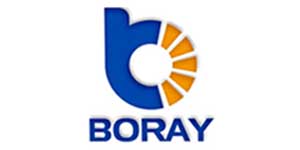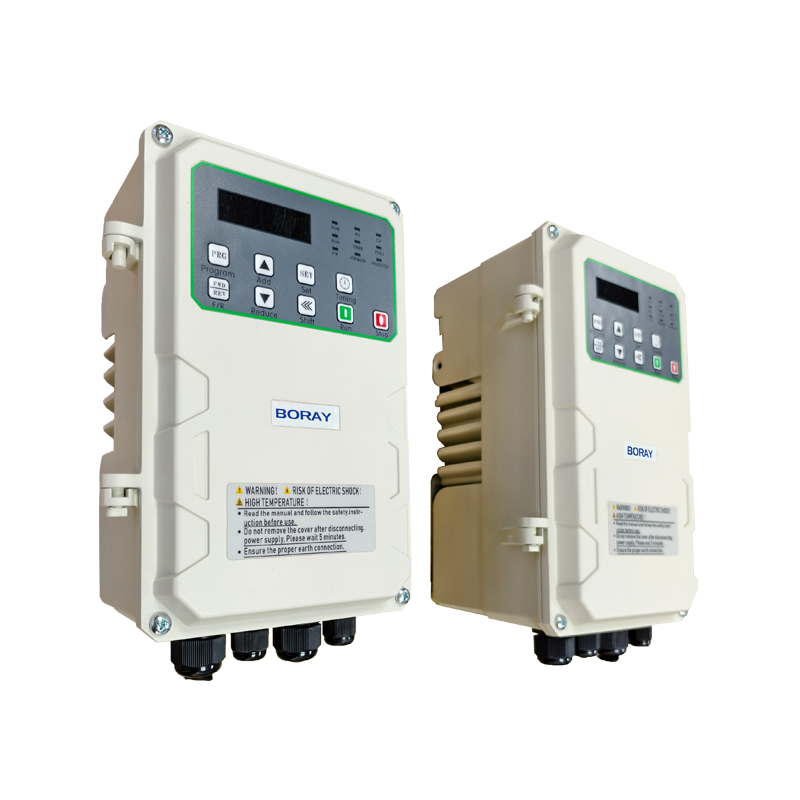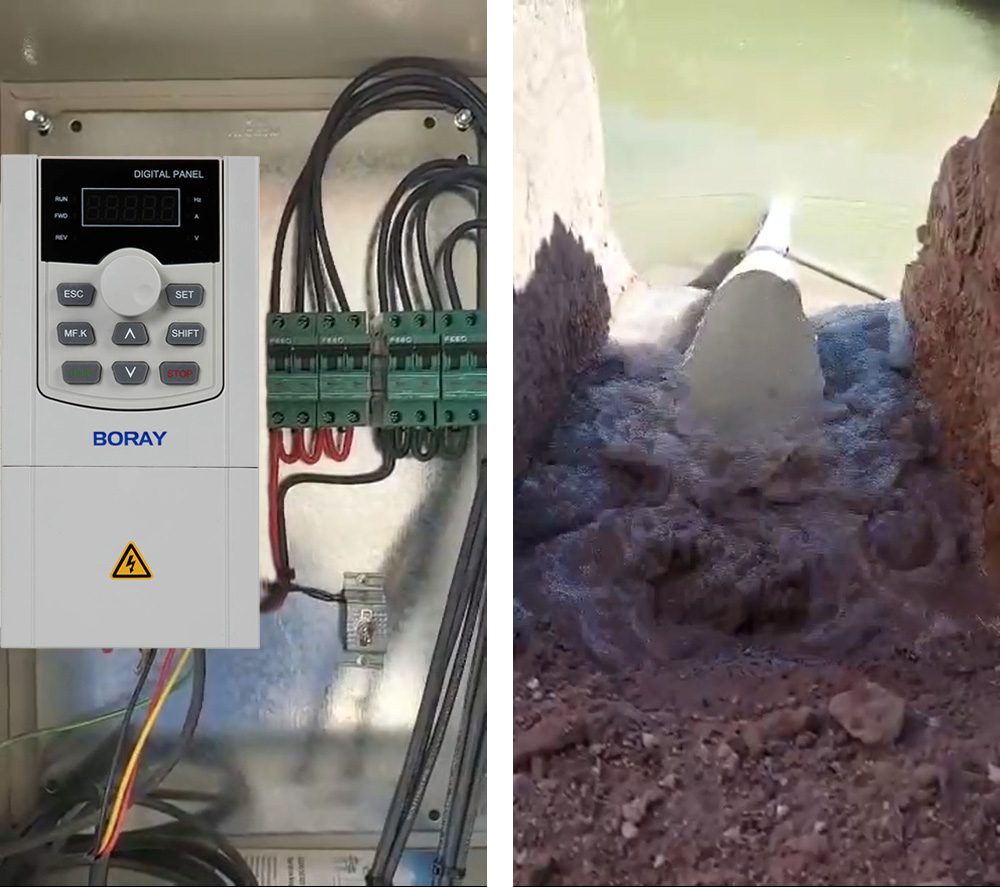The Pivotal Role of Solar Inverters in Driving the Renewable Energy Revolution
As the world accelerates its transition to clean energy, solar inverters have emerged as the unsung heroes of renewable energy systems. These critical components are transforming how we harness, manage, and distribute solar power, enabling smarter and more efficient energy solutions across the globe.
From DC to AC: The Heart of Solar Systems
Solar inverters perform the essential task of converting direct current (DC) electricity generated by photovoltaic (PV) panels into grid-compatible alternating current (AC). But modern inverters do far more than just conversion:
- Maximizing Efficiency: Advanced Maximum Power Point Tracking (MPPT) algorithms optimize energy harvest, even under partial shading or cloudy conditions.
- Grid Stabilization: Smart inverters provide voltage and frequency regulation, helping balance intermittent solar generation with grid demand.
- Safety Assurance: Automatic shutdown during grid failures prevents dangerous “islanding” scenarios.
Beyond Conversion: The Smart Grid Enablers
Today’s inverters are evolving into intelligent energy management hubs:
- Battery Integration: Hybrid inverters seamlessly coordinate between solar panels, battery storage, and the grid.
- Predictive Maintenance: AI-powered diagnostics can detect and alert system issues before failures occur.
- Virtual Power Plants: Networked inverters enable distributed solar systems to function as aggregated power sources.
Market Growth and Innovation
The global solar inverter market is projected to exceed $18 billion by 2027 (Global Market Insights), driven by:
-
Microinverter Boom: Module-level electronics improving safety and yield.
-
1500V Systems: Cutting utility-scale solar farm costs by up to 3¢/kWh.
-
Silicon Carbide Tech: Next-gen semiconductors boosting efficiency beyond 99%.
Challenges and the Road Ahead
While solar inverters enable cleaner energy, the industry faces hurdles like:
- Cybersecurity risks in connected systems
- Recycling complexities for end-of-life units
- Standardization needs for global grid compatibility
As research continues into solid-state and quantum dot inverters, one truth remains clear: our renewable future will be built on the backs of these increasingly sophisticated power electronics.





